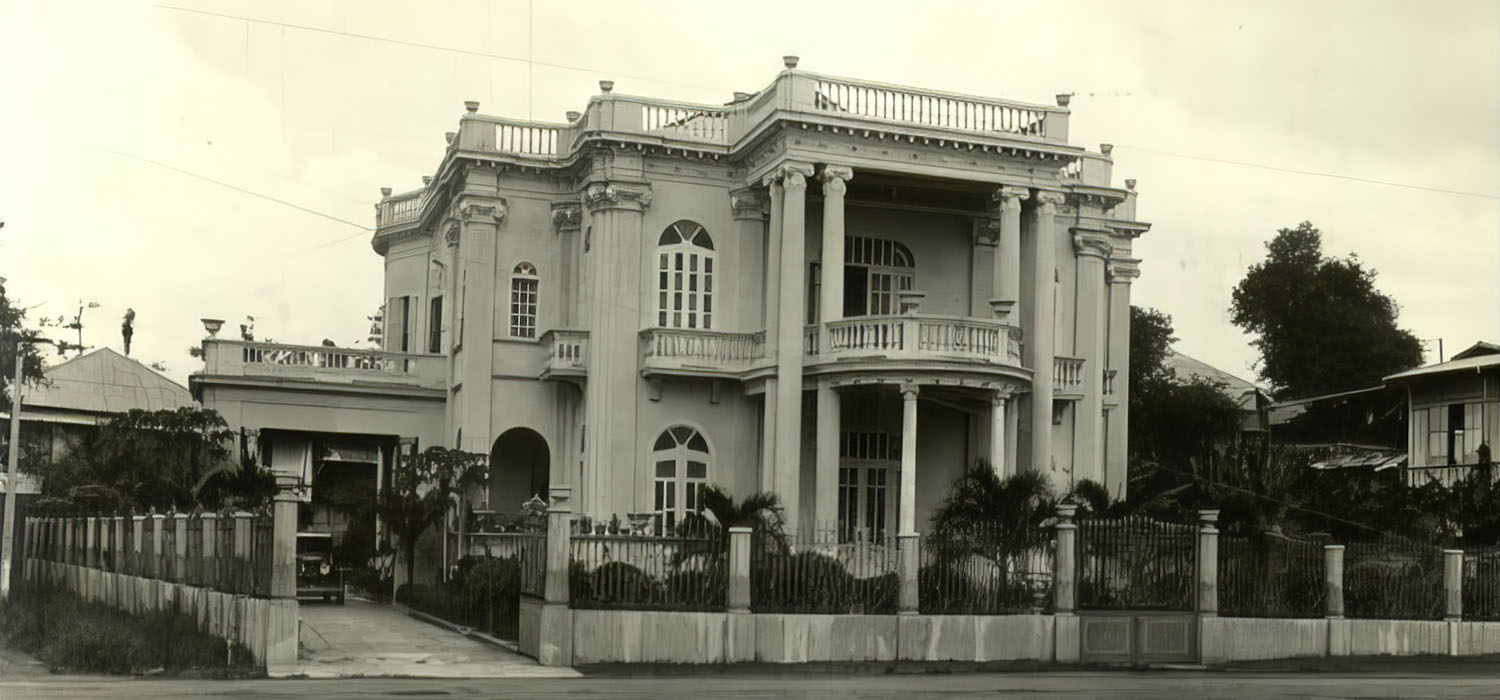Iloilo City, often referred to as the “City of Love,” is a treasure trove of historical and cultural landmarks. Its rich heritage is reflected in its well-preserved mansions and centuries-old churches, which stand as testaments to the city’s vibrant past and architectural grandeur.
Heritage Mansions
Iloilo’s mansions are a glimpse into the opulent lifestyle of the city’s elite during the Spanish and American colonial periods. These ancestral homes, many of which have been converted into museums or cultural sites, showcase intricate designs and timeless elegance.
- Molo Mansion: Located in the district of Molo, this grand structure is a fine example of colonial architecture. Once a private residence, it now serves as a cultural hub where visitors can explore Ilonggo craftsmanship and heritage.
- Casa Mariquit: Built in 1803, this is one of the oldest heritage houses in Iloilo. Located in Jaro, it was the home of Mariquit Javellana-Lopez, wife of former Vice President Fernando Lopez. The house features antique furniture and memorabilia, offering a glimpse into the lives of Iloilo’s prominent families.
- Camiña Balay nga Bato: Situated in Arevalo, this ancestral house dates back to the 1860s. It is not only a historical site but also a restaurant where visitors can enjoy traditional Ilonggo dishes like Pancit Molo and tsokolate batirol.
Historic Churches
Iloilo is also home to some of the most iconic churches in the Philippines, each with its own unique story and architectural style.
- Molo Church (St. Anne Parish): Known as the “Feminist Church” for its all-female saints, this neo-Gothic structure is a national landmark. Its intricate details and coral stone facade make it a must-visit site.
- Jaro Metropolitan Cathedral: Dedicated to the Nuestra Señora de la Candelaria (Our Lady of Candles), this cathedral is a blend of Baroque and Gothic styles. It is also the only church in the Philippines to have a Marian image canonically crowned by a pope.
- Miagao Church: A UNESCO World Heritage Site, this Baroque fortress church is famous for its intricate facade depicting local flora and fauna. Built in 1786, it served as a defensive structure against Moro raids.
- San Joaquin Church: Known for its unique military-themed facade, this church is a National Cultural Treasure. Its bas-relief depicts the Spanish victory at the Battle of Tetuan.
Cultural Significance
These mansions and churches are more than just architectural marvels; they are symbols of Iloilo’s rich history and cultural identity. They reflect the city’s role as a center of trade, religion, and governance during the colonial era. Today, they continue to inspire pride among Ilonggos and attract visitors from around the world.
Exploring Iloilo’s Heritage
Visitors can embark on a heritage tour to explore these landmarks, immersing themselves in the stories and traditions that shaped Iloilo. Whether it’s marveling at the intricate details of a church facade or stepping back in time inside an ancestral home, Iloilo offers a journey through history that is both enriching and unforgettable.
Iloilo City’s heritage sites are a testament to its enduring legacy, blending history, culture, and artistry. They stand as reminders of the city’s glorious past and its commitment to preserving its identity for future generations.
